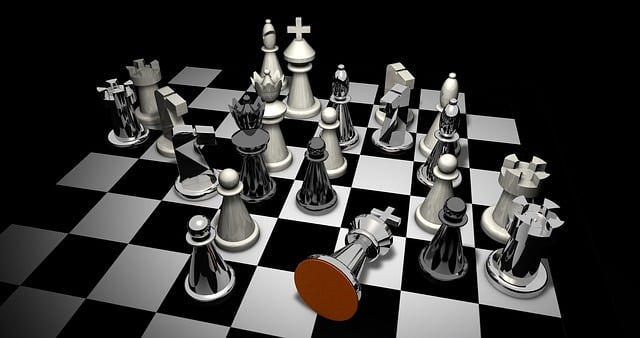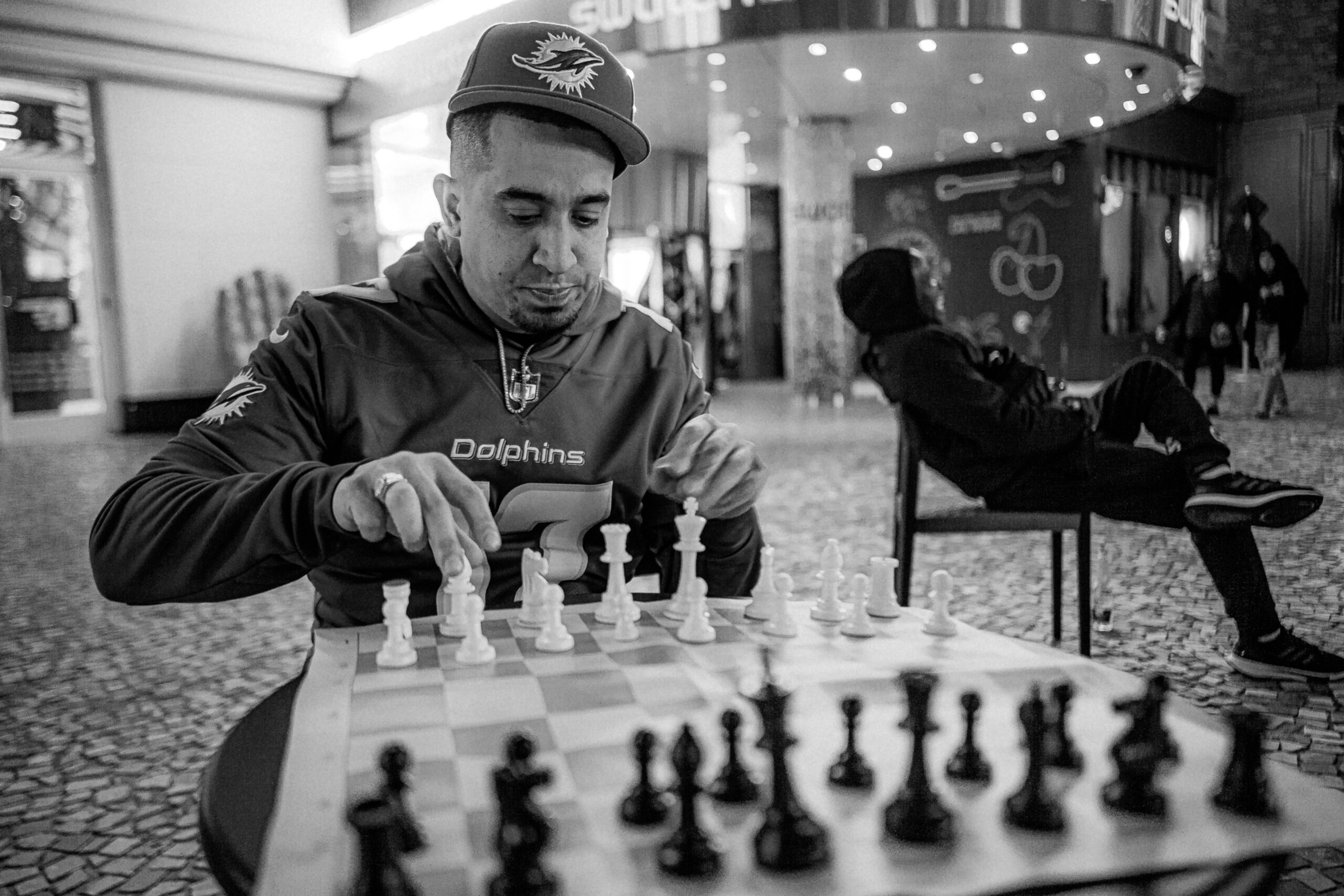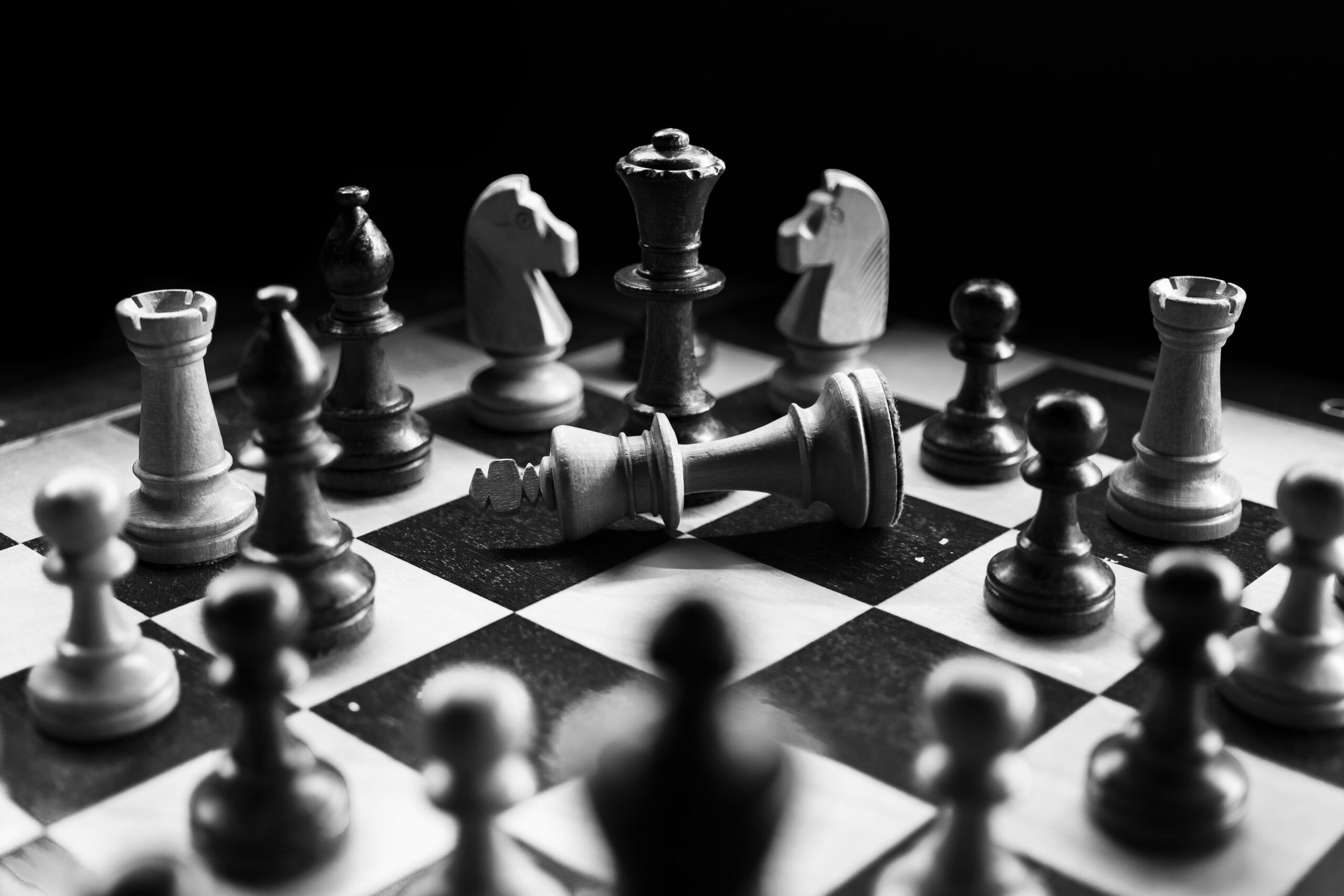Chess is a game of strategy and skill, where each piece plays a crucial role in the battle for victory. Among these pieces, the king holds a special position, representing the ultimate goal of the game. But how far can the king really move? How many spaces can it cover on the chessboard?
In this article, we will dive into the fascinating world of the king’s movement in chess and explore its range of mobility. Whether you’re a beginner looking to understand the rules or an experienced player seeking to improve your strategic decisions, this article will provide valuable insights and answer your burning questions.
Is the King a Master of Limited Mobility?
The king, while holding a position of great importance, is surprisingly limited in his mobility on the chessboard. Unlike other pieces, such as the queen or bishop, the king can only move one square in any direction: vertically, horizontally, or diagonally.
This restricted movement might seem disadvantageous, but it adds an element of vulnerability and careful maneuvering to the game. The king’s limited mobility emphasizes the need for protection and strategic positioning, making it a vital aspect of the game.
Why is the King’s Movement a Crucial Chess Strategy?

In chess, the goal is to checkmate the opponent’s king, putting it in a position where it is threatened with capture and has no legal move to escape. The king’s movement becomes a crucial part of both defense and offense.
It must be protected and kept away from harm, while also being used strategically to control the board and support other pieces. Understanding the limitations and possibilities of the king’s movement is essential for formulating effective strategies that can lead to victory.
What’s the True Range of the King’s Moves?
As mentioned earlier, the king can move in any direction but only one square at a time. This means that the king has a maximum of eight possible moves from his current position. It can move one square forward, backward, or sideways, as well as diagonally in any direction.
While its range might seem limited, it’s important to note that the king’s movement can have a significant impact on the outcome of the game, especially during the endgame when fewer pieces are on the board.
How Many Steps Can the King Take on the Chessboard?
In a standard game of chess, played on an 8×8 board, the king can move a maximum of one square in any direction, as long as the move is legal and does not put it in check. This means that the king can potentially cover a total of eight squares on the board.
However, it’s crucial to consider the position of other pieces, as they can restrict the king’s movement. The king’s ability to navigate the chessboard strategically becomes increasingly important as the game progresses, making every move a critical decision.
Can the King Outmaneuver Its Opponents with Limited Moves?

Despite its restricted mobility, the king can indeed outmaneuver its opponents and play a significant role in the game. In fact, the king’s movement is often decisive during the endgame when the board becomes less crowded.
It can participate in attacking and defending key squares, supporting other pieces, and even engaging in tactical maneuvers. Understanding the power and limitations of the king’s moves allows players to create strategic plans that exploit its potential while protecting it from potential threats.
How Does the King Navigate the Chessboard’s Maze?
The king’s movement can be likened to navigating through a maze. Each move requires careful consideration and anticipation of the opponent’s actions. As the game progresses, the king often needs to find safe paths, avoiding open spaces where it can be vulnerable to attacks.
Additionally, the king’s ability to castle, a special move that allows it to switch positions with the rook, can enhance its strategic options. By understanding the paths the king can take and planning its movement accordingly, players can ensure the safety and effectiveness of their most valuable piece.
What’s the Maximum Distance the King Can Cover in a Single Move?
Since the king can only move one square at a time, the maximum distance it can cover in a single move is, of course, one square. This limited range of movement requires players to carefully consider their options and make every move count.
While it may seem restrictive, this limitation adds a layer of complexity to the game, requiring players to think strategically and plan several moves ahead. The king’s mobility, although limited, can still have a profound impact on the overall dynamics and outcome of the game.
Is the King’s Movability the Key to Survival?

The king’s movability is indeed the key to his survival in the game of chess. Protecting the king and ensuring its safety is paramount, as a checkmate means the end of the game.
The restricted movement of the king necessitates defensive measures and careful positioning of other pieces to shield it from attacks. It also means that the king often needs to rely on the support of other pieces to secure its safety. Mastering the art of protecting the king while utilizing its limited mobility strategically is a fundamental skill for any chess player.
Are the King’s Moves Restricted or Expansive?
While the king’s moves are technically restricted to one square at a time, their impact can be expansive and far-reaching. Despite its limited mobility, the king can influence multiple areas of the board, exerting control and providing support to other pieces.
By choosing the right paths and making tactical decisions, the king can influence the flow of the game and potentially turn the tide in its player’s favor. Understanding the full potential of the king’s moves and incorporating them into a broader strategy is crucial for success on the chessboard.
How Do the King’s Movement Rules Impact the Game Outcome?
The king’s movement rules have a direct impact on the outcome of the game. Players must be vigilant and anticipate their opponent’s moves, as a single mistake can result in a checkmate. The king’s limited mobility adds suspense and tension to the game, as each move brings the possibility of capture or escape.
Furthermore, the knowledge of the king’s movement rules affects decision-making during the endgame, where the king’s role becomes more prominent. By understanding the impact of the king’s moves, players can make informed choices and strive for victory.
Is the King a Strategic Player or a Limited Pawn?
Although the king’s movement is limited compared to other chess pieces, it is far from being a limited pawn. The king holds immense strategic value and plays an active role in the game. While it may not possess the same range of movement as the queen or bishop, the king’s presence on the board influences the decisions and actions of both players.
It’s strategic positioning, ability to defend key squares, and potential to engage in tactical moves make the king a formidable player that demands attention and careful consideration.
Range of Movement and Special Abilities of Chess Pieces:
| Chess Piece | Range of Movement | Special Abilities |
|---|---|---|
| King | 1 square | Ability to castle |
| Queen | Unlimited | Most powerful piece on the board |
| Bishop | Diagonal | Moves only on diagonal paths |
| Knight | L-shaped | Ability to jump over other pieces |
| Rook | Vertical, | Moves only horizontally or |
| horizontal | vertically |
Can the King’s Movement Influence the Game’s Tempo?
Absolutely! The king’s movement can directly impact the tempo of the game. In chess, tempo refers to the flow and speed at which the game progresses. The king’s mobility, although limited, can create opportunities to disrupt the opponent’s plans or force them to make defensive moves.
By utilizing the king’s movement strategically, players can control the pace of the game, putting pressure on their opponents and creating openings for their own pieces. Understanding how to leverage the king’s movement to influence the tempo of the game can be a game-changer in high-level play.
How Do the King’s Moves Differ from Other Chess Pieces?
The king’s moves differ significantly from those of other chess pieces. While most other pieces have more freedom of movement, the king’s range is limited to one square at a time. This distinction makes the king’s positioning crucial, as it needs to be carefully protected while still contributing to the overall strategy.
Unlike the other pieces, the king cannot be sacrificed or exchanged, further emphasizing its importance and the need to safeguard it from potential threats. Recognizing the unique movement characteristics of the king is essential for mastering the intricacies of chess.
Exploring the Range of Movement and Special Abilities of Chess Pieces:
- The king can move one square in any direction: vertically, horizontally, or diagonally.
- Its limited mobility emphasizes the need for protection and careful maneuvering.
- The king’s movement is crucial for both defense and offense in chess.
- In a standard 8×8 chessboard, the king can potentially cover eight squares.
- The king’s restricted mobility adds complexity to the game, requiring strategic planning.
- The king can outmaneuver opponents and play a vital role during the endgame.
- Navigating the chessboard is akin to solving a maze for the king.
- The maximum distance the king can cover in a single move is one square.
- The king’s movability is the key to his survival in the game.
- Despite being restricted, the king’s moves can be expansive and impactful.
- Understanding the king’s movement rules is crucial for determining the game’s outcome.
- The king is a strategic player, not merely a limited pawn.
- The king’s movement can influence the tempo of the game, creating opportunities.
- Stalemate occurs when the king runs out of space to move, resulting in a draw.
Are There Tactical Advantages to the King’s Limited Mobility?
Surprisingly, the king’s limited mobility can provide tactical advantages in certain situations. During the endgame, when the number of pieces on the board diminishes, the king’s maneuverability becomes more significant. Its ability to swiftly move to critical areas or defend valuable squares can be instrumental in gaining an edge.
Additionally, the king’s limited range can make it harder for the opponent to predict its moves, adding an element of surprise to the game. By leveraging the king’s restricted mobility strategically, players can exploit tactical opportunities and enhance their chances of success.
What Happens When the King Runs Out of Space to Move?
When the king runs out of space to move, it is considered in a state of stalemate. Stalemate occurs when the king is not in check but has no legal moves available. In such cases, the game ends in a draw, with neither player achieving victory. Stalemates can arise due to careful defensive play or strategic maneuvering by both players.
This unique outcome adds an interesting dimension to chess, as it rewards players who can create positions where the opponent’s king is trapped with no possible moves left.
In drawing to a close,
The king’s movement in chess, although limited to one square at a time, holds immense strategic value and significance. Its restricted mobility adds a layer of vulnerability and careful maneuvering to the game, requiring players to protect and strategically position their kings.
Despite its limitations, the king’s movement can influence the game’s outcome, create tactical advantages, and impact the tempo of play. Understanding the true range of the king’s moves and leveraging them effectively is key to success on the chessboard.
The king’s mobility in chess is both a challenge and an opportunity. Its ability to move one square in any direction requires careful planning and consideration. While the king’s moves may seem restricted, they hold immense strategic importance and can shape the dynamics of the game. Whether it’s defending the king, outmaneuvering opponents, or creating tactical advantages, understanding the nuances of the king’s movement is essential for aspiring chess players.




